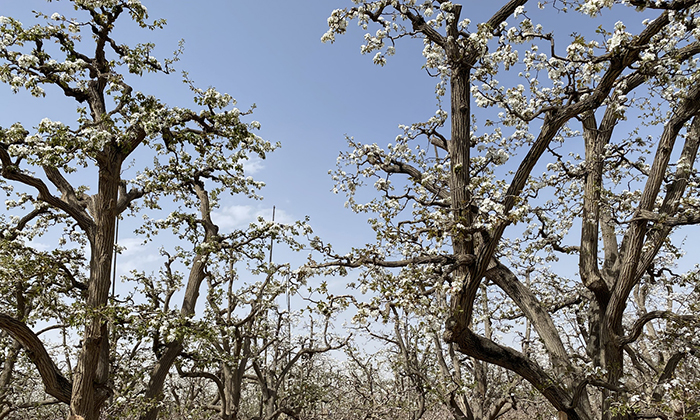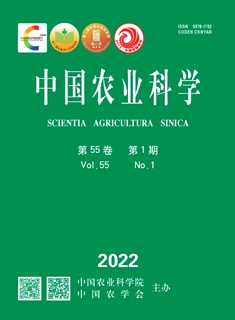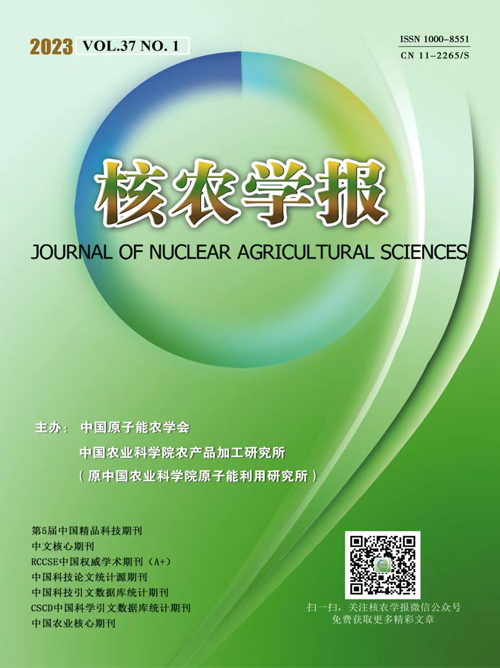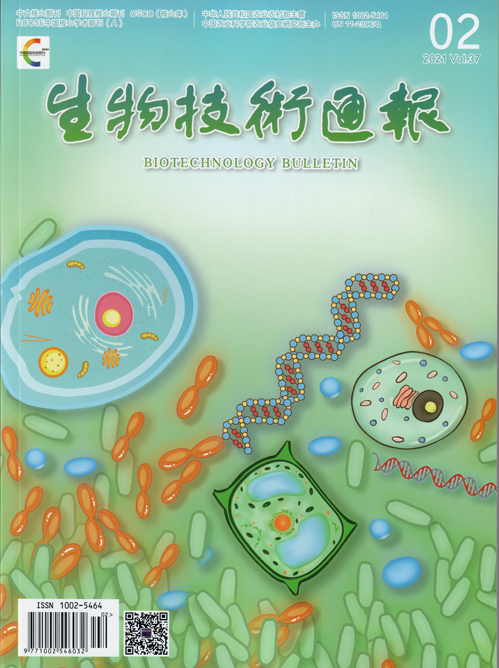
Deqing freshwater pearl mussels composite fishery system in East China's Zhejiang Province Photo: VCG
Local communities benefiting from conservation efforts is a crucial criterion for recognition as a Globally Important Agricultural Heritage System (GIAHS) site, Min Qingwen, director of the GIAHS Experts Committee of the Ministry of Agriculture and Rural Affairs, told the Global Times on Tuesday, stressing the harmony between people and agricultural heritage.
Min's remarks came after a freshwater pearl mussel composite fishery system in East China's Zhejiang Province, an ancient pear orchard system in Northwest China's Gansu Province, and a white tea culture system in Fujian Province were recently designated as GIAHS by the Food and Agriculture Organization of the United Nations (FAO). With the latest additions, China now has 25 GIAHS sites - the highest number across the globe.
According to Min, who also provided research support to the team behind the application of Deqing freshwater pearl mussels composite fishery system, the successful recognition was the result of multiple contributing factors.
Historical records show that Deqing, which dates back to the Southern Song Dynasty (1127-1279), is the earliest site in China to practice artificial freshwater pearl cultivation. The system integrates fish and mussel farming based on the principle of natural symbiosis. Over time, this area evolved into a rich ecosystem involving mussels, fish, plankton, benthic organisms, and aquatic plants.
The ecological model, in which fish feed on aquatic plants, mussels filter water and absorb fish waste, and pearls grow within the mussels, improves water quality while boosting both ecological and economic benefits. Local residents rely on pearl production for income, making the system not only environmentally sound but also economically sustainable.
"The Deqing freshwater pearl mussels composite fishery system, as China's first aquaculture-based site to be recognized as a Globally Important Agricultural Heritage System, builds a new bridge for showcasing traditional Chinese agricultural wisdom on the international stage and serves as a model for others," Min noted.
As noted in the FAO's statement, "This circular system enhances biodiversity, food security, and cultural heritage, offering global insights into sustainable farming, ecological balance, and rural development."
"To be recognized as a GIAHS site, it's essential that local communities benefit from conservation efforts," Min said. "That's a critical criterion, because without proper protection, the heritage system cannot be effectively passed down."

Fuding white tea in East China's Fujian Province Photo: VCG
Fang Shoulong, a local white tea farmer, is among those who have benefited from the cultivation and preservation of Fuding white tea in Fuding, Zhejiang Province.
"I'm so glad to see Fuding white tea receive such high-level recognition," he told the Global Times after learning that the Fuding white tea culture system has been recognized as a GIAHS site.
According to FAO's description, the Fuding white tea culture system "integrates tea gardens with forests and crops, preserving biodiversity and supporting rural livelihoods. Deep cultural roots, rituals, and traditions reflect a strong bond between people, tea, and the land.
"In April, a delegation from the FAO visited White Tea Mountain, an important white tea-growing area in Fuding, to evaluate the Fuding white tea cultural system. Fang was among those who accompanied the experts during the field visit.
He said the FAO team assessed biodiversity conservation within the tea-growing system, along with the broader cultural practices tied to white tea. "I think the international recognition will not only boost awareness of Fuding white tea but also strengthen efforts to preserve and pass down its traditions," Fang said.

Gaolan Shichuan ancient pear orchard in Northwest China's Gansu Province Photo: Courtesy of Zhang Weijian
In Gansu, the Gaolan Shichuan ancient pear orchard system was also recognized. Located near the Yellow River on the outskirts of Lanzhou, the site is home to more than 9,400 ancient pear trees, with the oldest estimated to be nearly 500 years old.
Zhang Weijian, a professor at the Institute of Crop Sciences, Chinese Academy of Agricultural Sciences, told the Global Times that the Gaolan Shichuan ancient pear orchard system's core features include its "rare pear germplasm resources, multi-functional land-use techniques, and a rich knowledge system interwoven with local customs and ecological practices."
"Today, as the world faces increasing ecological challenges, the Gaolan Shichuan ancient pear orchard system can be seen as valuable Chinese wisdom for sustainable development," Zhang said. "Its preservation requires broad attention and participation.
"The GIAHS program, launched by the FAO, has assisted farming communities to safeguard traditional agricultural systems and associated landscapes, agricultural biodiversity, knowledge systems and cultures.







